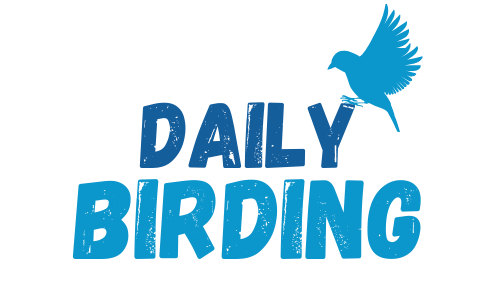Introduction: How to Attract Birds to Your Feeder?
Want to enjoy the beauty of colorful birds right in your backyard? Learning how to attract birds to your feeder is the key to creating a lively and welcoming birdwatching spot. By choosing the right feeder, offering high-quality food, and providing a safe environment, you can encourage a variety of bird species to visit regularly. In this guide, we’ll explore the best tips and tricks to make your feeder irresistible to birds all year round!
In this guide, we’ll share expert tips and tricks on how to attract birds to your feeder, from choosing the best seeds to creating a safe and inviting space. With the right approach, you can turn your backyard into a favorite dining spot for a variety of feathered friends. Let’s get started!
1. Choose the Right Bird Feeder
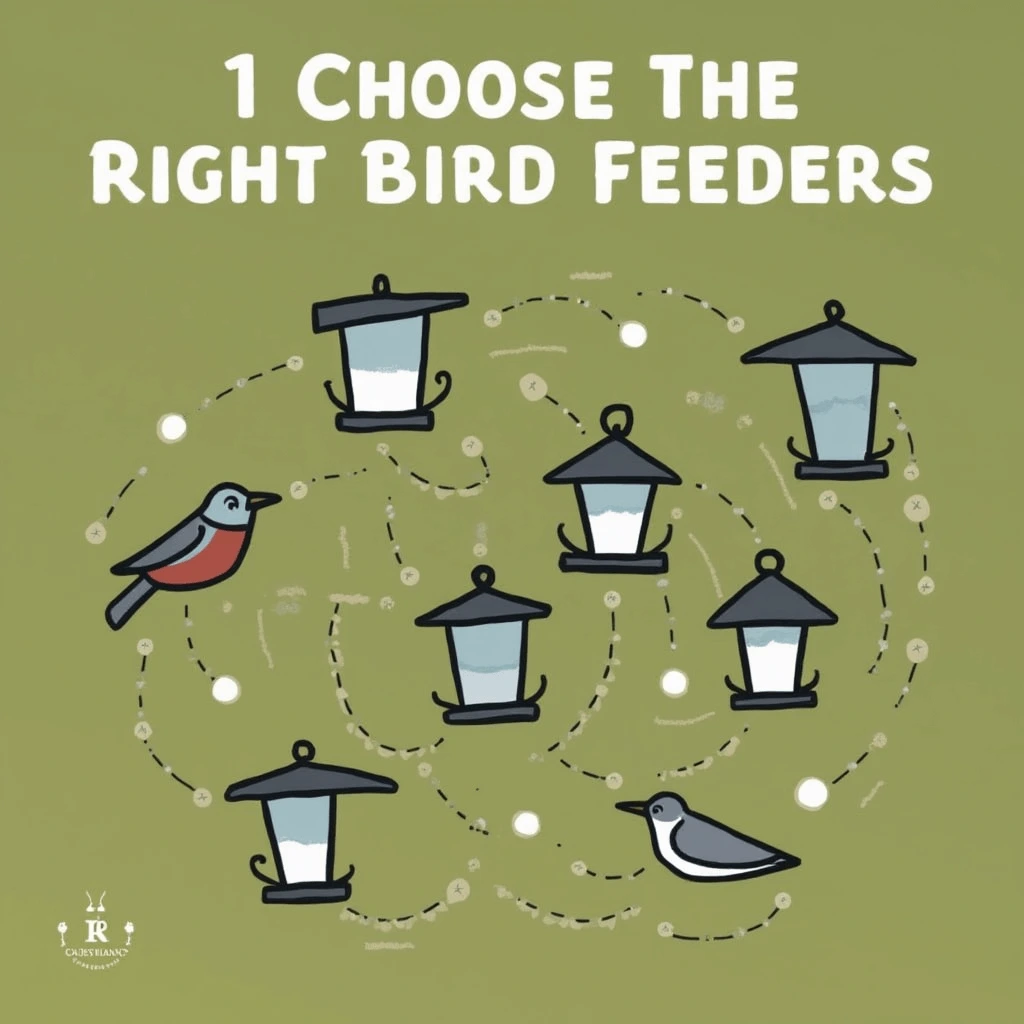
Selecting the right bird feeder is the first and most important step in attracting birds to your yard. Different birds have unique feeding habits, so choosing the right type of feeder can significantly impact which species visit. Here’s what you need to consider:
 Types of Bird Feeders & Their Benefits
Types of Bird Feeders & Their Benefits
Not all bird feeders are created equal! Choosing the right type depends on the birds you want to attract. Here are the most popular feeder types and their benefits:
- Tube Feeders – Great for attracting small birds like finches, chickadees, and sparrows. They keep seeds dry and protected.
- Hopper Feeders – These have a covered container that releases food gradually. They attract a variety of birds, including cardinals, grosbeaks, and jays.
- Platform (Tray) Feeders – Open and accessible, perfect for ground-feeding birds like doves, juncos, and robins. However, they need frequent cleaning.
- Suet Feeders – Designed for suet cakes, these feeders attract insect-eating birds like woodpeckers, nuthatches, and chickadees.
- Hummingbird Feeders – Specially designed for nectar, these feeders bring in hummingbirds, which love sweet liquids.
By offering multiple feeder types, you can attract a wider variety of bird species.
 Best Materials for Durability & Safety
Best Materials for Durability & Safety
Bird feeders come in various materials, and choosing the right one ensures longevity and bird safety:
- Metal Feeders – Durable, weather-resistant, and squirrel-proof when designed properly.
- Plastic Feeders – Lightweight and affordable but can become brittle over time.
- Wooden Feeders – Natural-looking and aesthetically pleasing but require maintenance to prevent rot and mold.
Opt for feeders with sturdy construction, easy refilling mechanisms, and proper drainage to keep seeds dry and fresh.
 Ideal Feeder Placement to Attract Birds
Ideal Feeder Placement to Attract Birds
Where you place your bird feeder plays a crucial role in attracting birds while keeping them safe from predators. Here are some placement tips:
- Position feeders near trees and shrubs – Birds feel safer when they can quickly retreat to cover.
- Keep feeders at least 5 feet off the ground – This helps prevent easy access for cats and other predators.
- Avoid placing feeders too close to windows – To prevent bird collisions, place feeders either within 3 feet of windows or farther than 10 feet away.
- Ensure a clear line of sight – Birds prefer spots where they can watch for predators before landing.
By choosing the right feeder, selecting durable materials, and placing it strategically, you’ll create an inviting environment that keeps birds returning day after day.
2. Offer the Best Bird Food
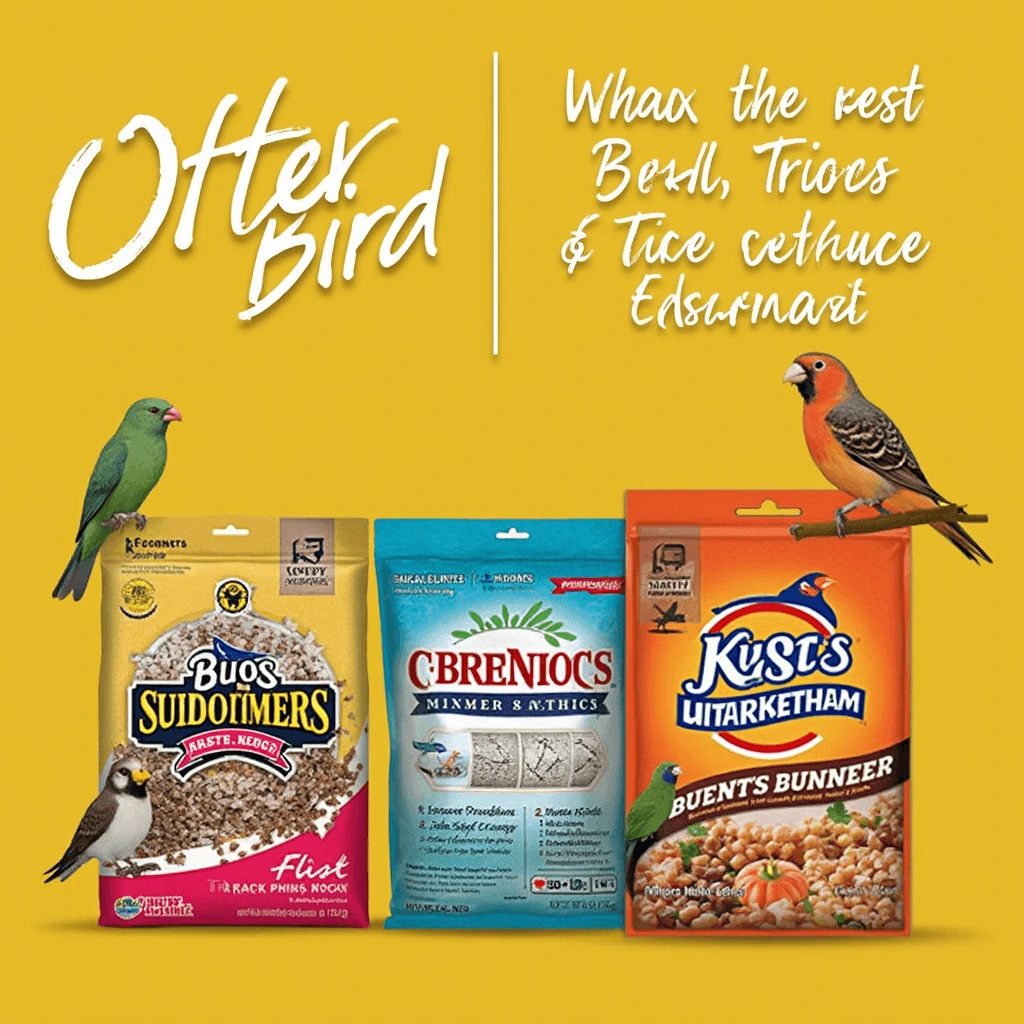
Choosing the right food is crucial for attracting a variety of birds to your feeder. Different bird species have unique dietary preferences, so offering a mix of seeds, nuts, and other food sources will increase your chances of seeing diverse feathered visitors. Here’s what you need to know:
 Top Bird Foods for Different Species
Top Bird Foods for Different Species
Providing the right type of food ensures that you attract a wide range of birds. Below are some of the best bird food options and the species they attract:
- Black Oil Sunflower Seeds – A favorite among many backyard birds, including cardinals, chickadees, finches, and woodpeckers. These seeds have a high-fat content and thin shells, making them easy to eat.
- Nyjer (Thistle) Seeds – Ideal for finches, goldfinches, and siskins. These tiny seeds require a special feeder with small holes to prevent waste.
- Suet Cakes – Made from fat and often mixed with seeds or berries, suet attracts insect-eating birds like woodpeckers, nuthatches, and wrens.
- Mealworms – A high-protein snack that attracts bluebirds, robins, and chickadees. They can be offered live or dried.
- Safflower Seeds – Loved by cardinals but often ignored by squirrels and blackbirds, making them a great choice if you want to deter unwanted visitors.
- Peanuts & Cracked Corn – Popular among jays, woodpeckers, and doves. However, these can also attract squirrels and raccoons, so use them wisely.
- Fruit & Nectar – Fresh fruit (like apples, oranges, and grapes) is great for orioles, tanagers, and robins, while nectar attracts hummingbirds.
By providing a variety of foods, you’ll cater to different bird species and encourage more visits to your feeder.
 Seasonal Bird Feeding Tips
Seasonal Bird Feeding Tips
Birds have different dietary needs depending on the season, so adjusting your feeding strategy throughout the year is essential.
- Spring & Summer – Offer high-protein foods like mealworms and sunflower seeds to support birds during nesting and molting seasons. Hummingbird feeders with nectar are also a great addition.
- Fall – Start providing calorie-rich foods, such as suet and nuts, to help birds prepare for migration or colder months.
- Winter – High-energy foods like suet, black oil sunflower seeds, and peanuts help birds stay warm and survive the harsh conditions. Consider using a heated birdbath for a water source.
 How to Keep Bird Food Fresh & Safe
How to Keep Bird Food Fresh & Safe
Poorly stored or spoiled bird food can harm birds, so it’s important to maintain good feeding practices:
- Store seeds in airtight containers to keep them dry and prevent mold growth.
- Clean your feeders regularly to prevent the spread of disease. A diluted bleach solution (1 part bleach to 9 parts water) works well for disinfection.
- Avoid offering stale or moldy food, as it can be toxic to birds. Discard any food that has an unusual odor or clumps together.
- Use baffles or squirrel-proof feeders to prevent rodents from contaminating the food.
By offering high-quality bird food and maintaining proper feeding habits, you’ll create a safe and nutritious feeding station that keeps birds coming back all year round.
3. Create a Bird-Friendly Environment
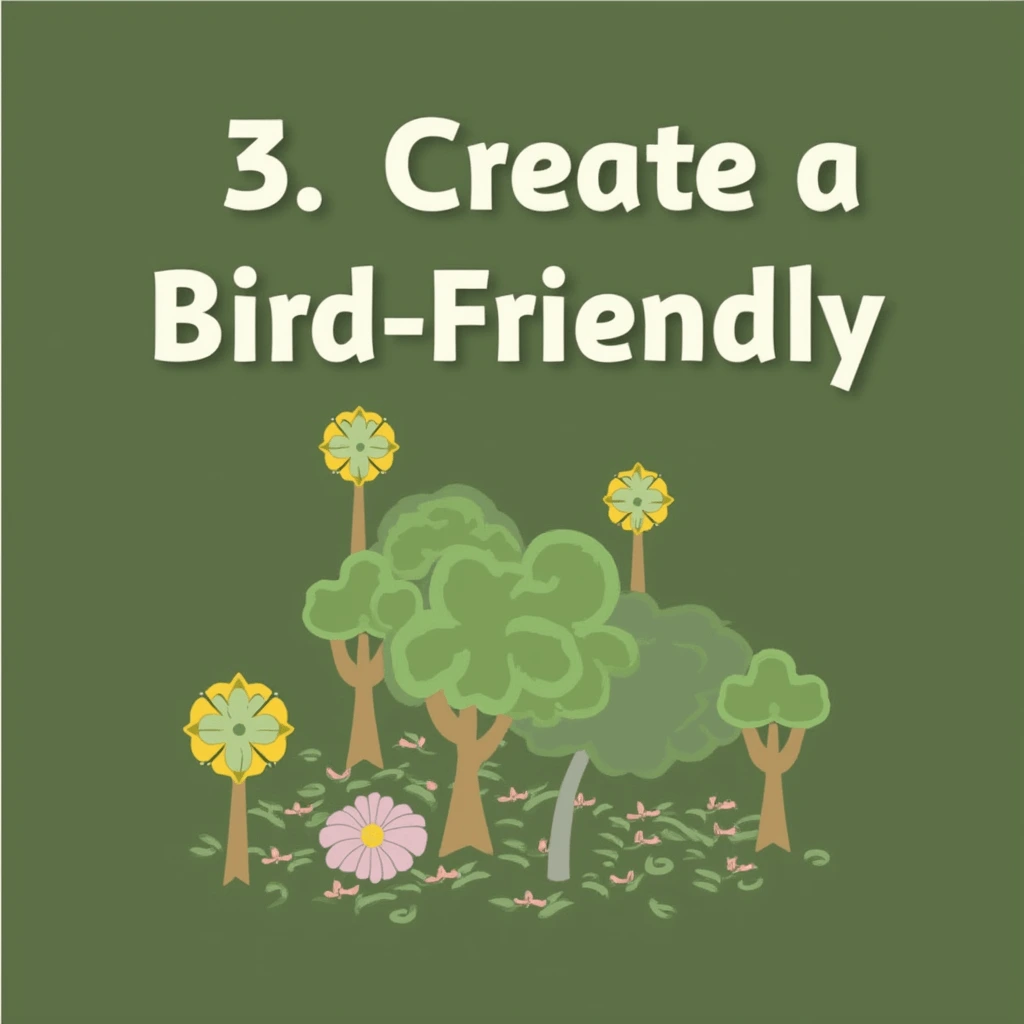
Attracting birds to your feeder isn’t just about providing food—it’s also about creating a welcoming and safe habitat. Birds need shelter, water, and protection from predators to feel comfortable visiting and staying in your yard. Here’s how you can transform your outdoor space into a bird paradise.
 Adding Water Sources
Adding Water Sources
Providing a reliable water source is just as important as offering food. Birds need water for both drinking and bathing, which helps them maintain healthy feathers.
- Birdbaths – A simple, shallow birdbath (about 1-2 inches deep) with a rough surface for gripping will attract a variety of birds.
- Moving Water – Birds are more attracted to moving water, so consider adding a fountain, dripper, or mister to keep the water fresh and appealing.
- Winter Water Sources – In colder months, heated birdbaths or placing a small floating object (like a ping pong ball) in the water can help prevent freezing.
Keep the birdbath clean by scrubbing it weekly with a diluted vinegar solution to prevent algae growth and mosquito breeding.
 Providing Shelter & Nesting Spaces
Providing Shelter & Nesting Spaces
Birds need a safe place to rest, hide from predators, and raise their young. Adding shelter to your yard will make it more inviting.
- Trees & Shrubs – Planting native trees, dense shrubs, and evergreen plants provides natural shelter and nesting spots. Thorny or bushy plants like holly and juniper offer extra protection.
- Nesting Boxes – Different birds prefer different nesting spaces. For example:
- Bluebirds and chickadees love wooden nest boxes with small entrance holes.
- Wrens prefer small, enclosed houses.
- Owls and woodpeckers often seek out tree cavities or specially designed nesting boxes.
- Brush Piles & Natural Cover – Leaving a small brush pile or stack of logs in a corner of your yard can offer birds a hiding place from predators.
 Using Native Plants to Attract Birds
Using Native Plants to Attract Birds
Native plants are essential for attracting birds because they provide natural food sources such as seeds, berries, and nectar while supporting local insects (a key food source for many birds).
- Berry-Producing Plants – Dogwood, elderberry, serviceberry, and holly produce berries that attract birds like robins, waxwings, and bluebirds.
- Nectar-Rich Flowers – Hummingbirds and butterflies love trumpet-shaped flowers like bee balm, columbine, and trumpet vine.
- Seed-Producing Plants – Coneflowers, sunflowers, and black-eyed Susans naturally provide seeds for finches, sparrows, and goldfinches.
By choosing native plants, you’ll create a sustainable ecosystem that benefits both birds and pollinators while requiring less maintenance than non-native species.
4. Keep Your Bird Feeder Clean & Safe
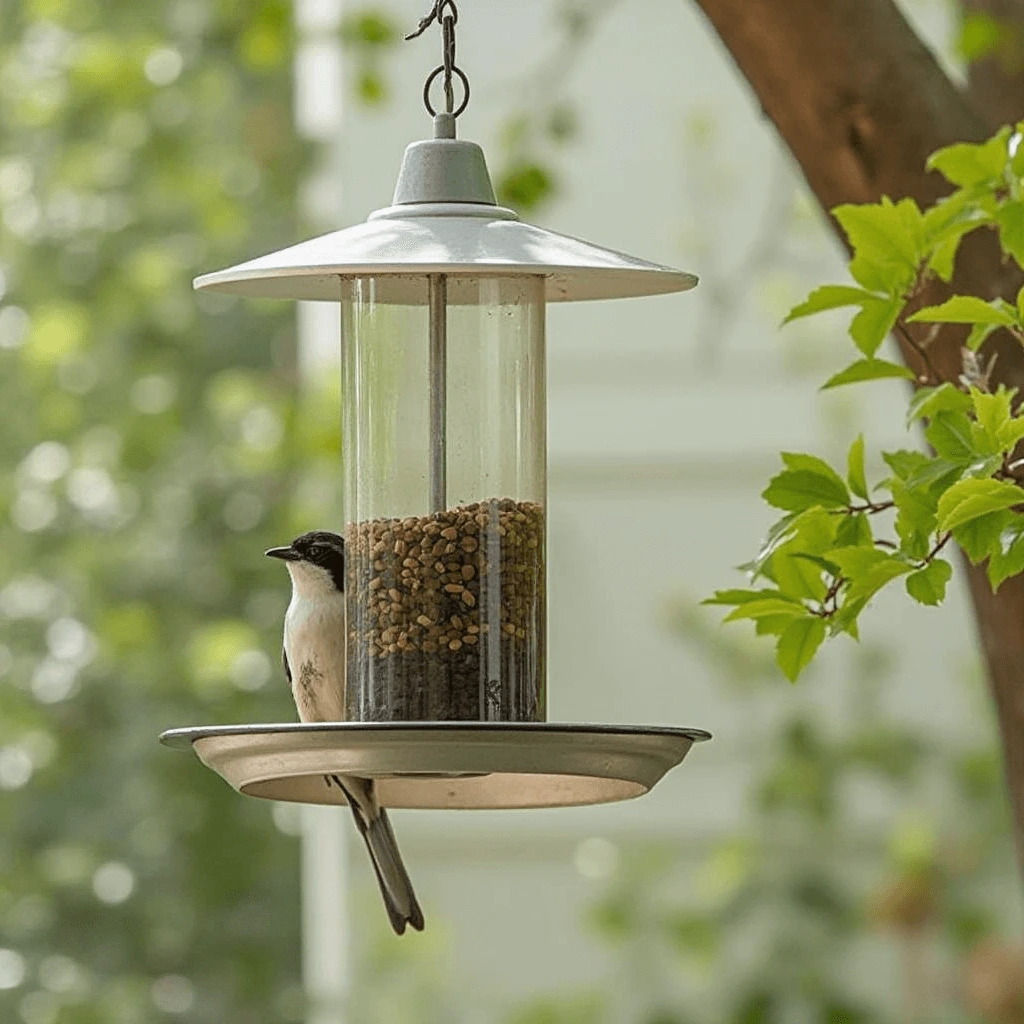
Attracting birds to your feeder is rewarding, but maintaining a clean and safe feeding station is crucial for their health and well-being. Unclean feeders can spread diseases, attract pests, and even harm birds if not properly maintained. Here’s how you can ensure your feeder remains a safe and welcoming spot for your feathered visitors.
 How to Prevent Diseases Among Birds
How to Prevent Diseases Among Birds
Bird feeders can become breeding grounds for harmful bacteria, mold, and parasites if not cleaned regularly. To prevent the spread of disease:
- Clean feeders at least once a week – Scrub them with warm, soapy water and rinse thoroughly. For extra sanitation, soak them in a diluted bleach solution (1 part bleach to 9 parts water) and let them dry completely before refilling.
- Use feeders with proper drainage – Avoid water buildup, which can lead to moldy seeds and bacteria growth.
- Space out multiple feeders – This reduces crowding and minimizes the spread of illnesses like avian conjunctivitis, which spreads through close contact.
- Discard moldy or spoiled food immediately – Birds can get sick from eating old or wet seeds, so regularly check for spoilage.
 Keeping Away Pests & Predators
Keeping Away Pests & Predators
A poorly maintained bird feeder can attract unwanted guests like squirrels, raccoons, rodents, and even predatory birds or cats. Here’s how to deter them:
- Use squirrel-proof feeders – Invest in feeders with weight-activated perches or baffles to keep squirrels from stealing food.
- Place feeders away from fences and trees – Squirrels and raccoons can easily jump from nearby branches, so position feeders at least 10 feet away from trees or structures.
- Clean up spilled seeds – Leftover seeds on the ground attract rats and other rodents. A tray or mesh under the feeder can catch falling seeds and make cleanup easier.
- Keep cats away – If you have outdoor cats in your area, position feeders at least 5-6 feet off the ground and near dense shrubbery where birds can escape if needed.
 Avoiding Moldy Seeds & Harmful Feeders
Avoiding Moldy Seeds & Harmful Feeders
Poor-quality feeders and spoiled food can harm birds, so it’s important to invest in good equipment and proper storage:
- Choose feeders made of non-toxic, durable materials – Avoid cheap plastic that can crack or leach harmful chemicals into bird food. Metal and weather-resistant wood feeders are better options.
- Store bird food properly – Keep seeds in an airtight container in a cool, dry place to prevent mold, insects, and rodents.
- Check feeders after rain or snow – Wet food quickly grows mold, which can be toxic to birds. Empty and refill wet feeders with fresh seeds.
- Rotate feeding locations – Moving feeders occasionally can prevent buildup of waste and reduce the risk of disease transmission in one area.
By following these simple maintenance steps, you’ll keep your bird feeder clean, safe, and inviting for your feathered visitors. A well-maintained feeder not only attracts more birds but also ensures they stay healthy and keep returning.
5. Encourage Birds to Keep Coming Back
Attracting birds to your feeder is just the first step—keeping them coming back requires consistency, safety, and a welcoming environment. Birds will return to a place where they find a steady food supply, fresh water, and a secure habitat. Here’s how to make your yard their favorite feeding spot.
 How to Make Birds Feel Safe & Comfortable
How to Make Birds Feel Safe & Comfortable
Birds are naturally cautious creatures, and if they sense danger, they’ll avoid your feeder. Creating a secure space will encourage them to return regularly.
- Minimize sudden movements and loud noises – Avoid placing feeders in areas with frequent disturbances, such as near doors, heavy foot traffic, or barking dogs.
- Provide plenty of natural cover – Birds feel safer when they can retreat to nearby trees, shrubs, or dense vegetation after feeding.
- Use multiple feeding stations – Spreading out feeders prevents overcrowding and reduces competition between aggressive and shy bird species.
- Keep feeders at a safe height – Mounting feeders 5-6 feet off the ground protects birds from predators like cats and raccoons.
 Best Times to Refill Your Feeder
Best Times to Refill Your Feeder
Consistency is key when feeding birds. If food is always available, birds will remember your feeder as a reliable food source and visit daily.
- Refill feeders in the morning – Birds are most active in the early morning and rely on feeders for energy after a long night of rest.
- Check feeders in the late afternoon – A second refill before sunset ensures birds have enough food to sustain them through the night, especially in colder months.
- Adjust food supply seasonally – Offer high-energy foods in winter, protein-rich foods in spring and summer, and hydration-rich fruits during hot months.
 Observing & Identifying Visiting Birds
Observing & Identifying Visiting Birds
Tracking the birds that visit your feeder helps you understand their preferences and tailor your feeding strategy.
- Use a bird identification guide or app – Apps like Merlin Bird ID or eBird can help you recognize different bird species and learn about their habits.
- Keep a birdwatching journal – Note which species visit, what they eat, and what time they arrive. Over time, you’ll notice patterns and can adjust your feeding routine accordingly.
- Encourage community birdwatching – Share your sightings with friends, family, or online birdwatching groups to compare notes and learn more about your local bird population.
Conclusion
Attracting birds to your feeder is a rewarding experience that brings nature closer to your home while supporting local bird populations. By choosing the right bird feeder, offering high-quality food, creating a bird-friendly environment, maintaining cleanliness, and ensuring a safe and welcoming space, you can turn your backyard into a haven for a variety of bird species.
Remember, consistency is key—birds will return if they find a reliable source of food, water, and shelter. With patience and proper care, you’ll enjoy the beauty of birds visiting your feeder year-round, filling your outdoor space with color, movement, and song.
Now it’s your turn! Have you had success attracting birds to your feeder? What species have you spotted? Share your experiences and favorite birdwatching moments in the comments below! And if you found this guide helpful, don’t forget to subscribe to our blog for more expert birdwatching tips and tricks. Happy birdwatching!
